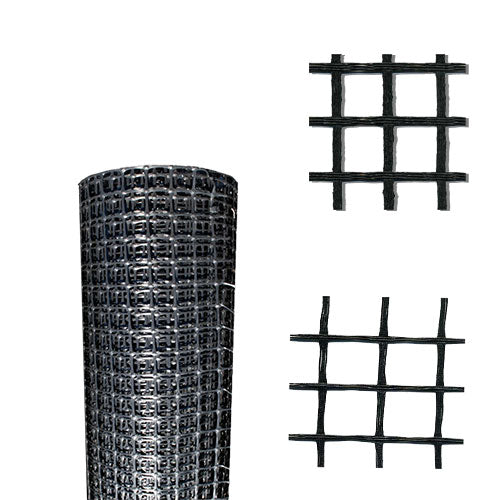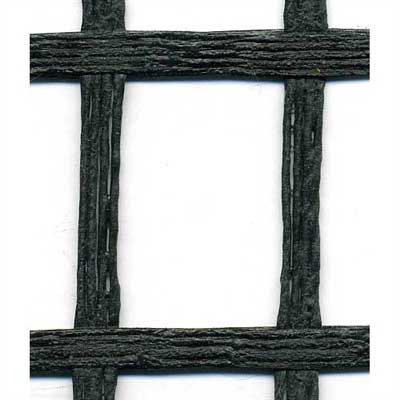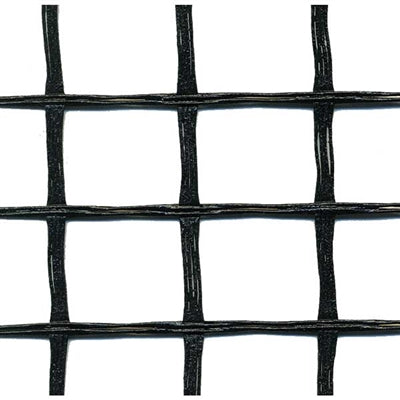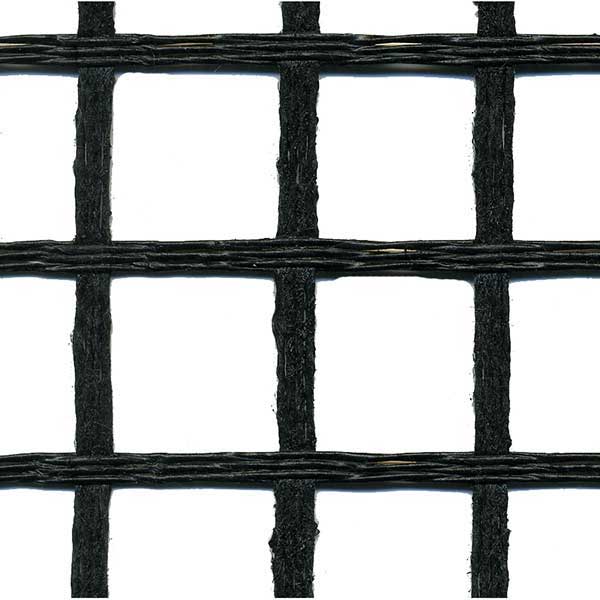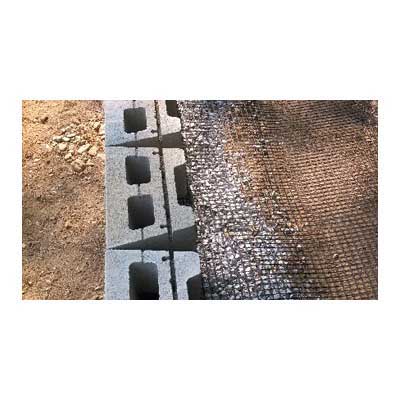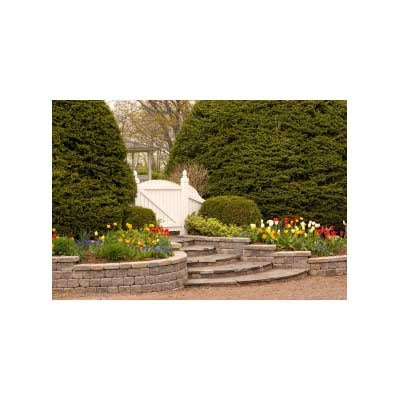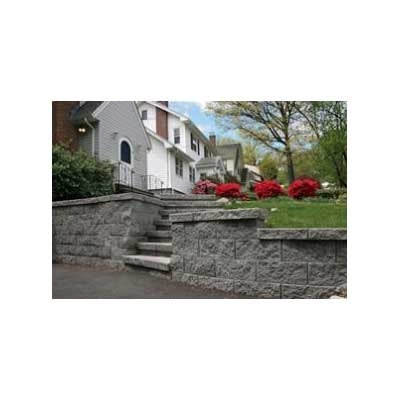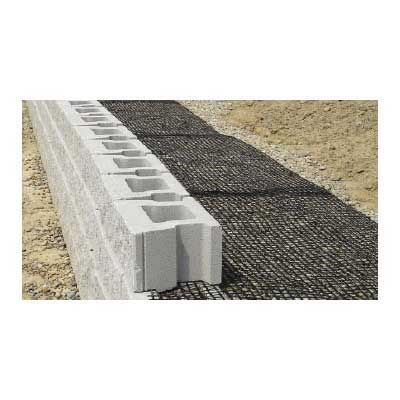Retaining Wall Reinforcement Grid
FREE SHIPPING
This geogrid is made of durable polyester yarn fibers and is then coated in PVC to further harden the grid. A reinforcement grid is designed with retaining walls in mind. It enables walls to be built taller and help prevent soil collapse and project failure.
3 Series – For wall applications up to 10 ft in height
5 Series – For wall applications over 10 ft in height

